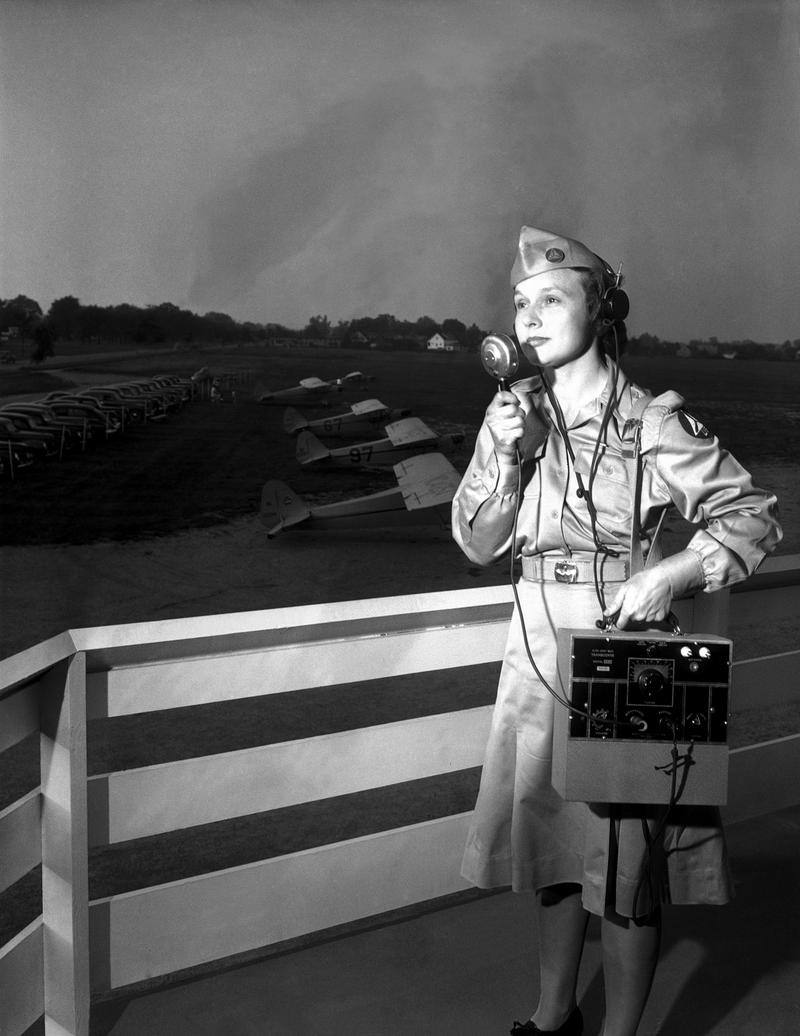Listen to Brooke Gladstone’s interview with Tina about her research on bias in voice technology here: https://www.wnycstudios.org/podcasts/otm/segments/how-radio-made-female-voices-sound-shrill
From NPR: ‘”Shrill” has popped back up in the national lexicon — most notably in the coverage of Hillary Clinton’s 2016 presidential bid, and again, in a 2020 race filled with female candidates. “This spike in usage is hardly a revelation,” writes Clark University professor Tina Tallon, in a recent piece for The New Yorker. “Women who speak publicly and challenge authority have long been dismissed as ‘shrill’ or ‘grating.'” But these slurs are not just the product of age-old misogynistic stereotypes, biases against female voices were perniciously exacerbated by the broadcast technology that powers radio and audio recording technology. They’re designed to thin higher frequency voices and enrich lower ones. In this interview, she and Brooke revisit the proliferation of radio in the 1920’s and 1930’s, when our ears were trained to prefer listening to men talk, and reflect on how societal gender standards have been shaped since.
This is a segment from our November 22, 2019 program, The Disagreement is the Point.’


